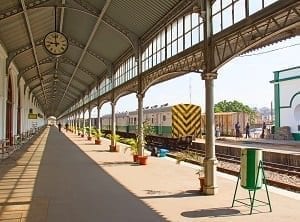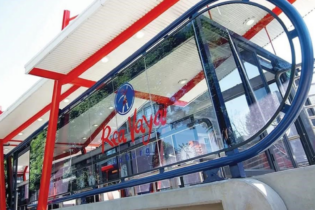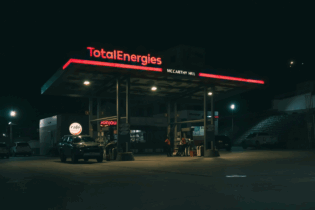For Gauteng companies, access to international markets via Port Maputo is both shorter and technically easier than the South African alternatives. Tristan Wiggill finds out if it’s a big enough incentive.
While the shorter distance makes Maputo an attractive option to South African traders, the port is also of great strategic importance to Transnet Freight Rail (TFR), Swaziland Railways (SR), and Mozambique Railways & Ports (CFM) as it offers a relatively short distance to sea when compared to the South African ports of Richard’s Bay and Durban. For Swaziland Railways, the benefits are obvious: from Matsapha, in central Swaziland, to Maputo is 226 km, compared to 548 km for Matsapha to Durban, via Golela. Matsapha to Richards Bay, via Golela, equates to 356 km; while Mpaka, via Goba, to Maputo is much shorter, at 121 km. Mlawula, with its rich sugar reserves, to Maputo, via Goba, measures just 83 km. Joint effortThe Joint Operating Centre (JOC), made up of TFR, SR, CFM, and the Maputo Port Development Company, integrates and coordinates traffic flows into Maputo harbour and its terminals. It also coordinates all the traffic flows from Mozambique and international cargo from Swaziland and South Africa. The JOC’s management structure is made up of the four organisations’ CEOs, who make investment decisions in infrastructure, rolling stock, and human resource capacities. A tactical committee, made up of the operations managers of the four organisations, implements decisions taken by the executive committee. These decisions usually relate to volumes targeted, turnaround times of wagons, availability of rolling stock, meeting customer requirements, targeted volumes, and meeting customer orders. The JOC Maputo Centre involves three main corridors, with traffic that has to be coordinated effectively: Ressano Garcia, Maputo to Goba, and Chicualacuala to Maputo. All three converge at Machava station, where bottlenecks have to be avoided. Desk officers from TFR, CFM, and SR are stationed at the JOC. These officers coordinate rail traffic 24 hours a day, in three shifts. The JOC is now fully staffed, with traffic closely monitored to reduce bottlenecks. Idle time at the exchange points has reportedly been reduced and more traffic is moving – particularly on the Ressano Garcia line. Stations have also been decongested, with generated reports ensuring prompt action to deal with various challenges, including the fact that more traffic is being handled by Port Maputo and the Matola coal terminal.
If Maputo is well coordinated and receives high volumes of traffic, traders from all three countries will be competitive with their products in the international market, due to reduced transport and logistics costs.
Goba-Maputo lineSwaziland Railways uses this line, which is relatively good on both sides of the countries, allowing trains to run at speeds of up to 60 km/h. On the Swaziland side, the line was upgraded in 2004 from Matsapha all the way to Mlawula. Wooden sleepers were replaced with concrete and so 40 wagons can now be hauled with a vacuum train. The capacity for wagons on the line rises to 50 when using an air-braked train. Current idle capacity (unused slots) is a high 75%. This line can be used as a relief line for the Ressano Garcia line during train disruptions or congestions. It can also limit bottlenecks and idle times, while allowing cargo owners and manufacturers to move goods affordably via Swaziland, all the way to Maputo. Future prospects
SR is looking at an opportunity to increase its traffic to the Maputo port. TFR, in South Africa, and the city of Maputo stand to benefit from the proposed new 146 km North West line (Swaziland Rail Link), which is anticipated to be fully operational in 2021. It will link Swaziland with Gauteng, Mpumalanga, Richards Bay, and Maputo. Not only will it provide more traffic to Maputo, it will shorten distances and reduce costs. There are opportunities to create express trains that carry high-valued goods, and regional distribution hubs could be developed; however, a greater harmonisation of railway systems is needed. Grander intermodal connectivity is critical for the railways because, at some point in time, each wants to carry more bulk cargo. The railways, however, will have to work with road transport in terms of transfers, as many customers don’t have the necessary rail sidings. Cargo has to be transferred from trucks to rail and then be railed to Maputo. Integrated planning and execution is critical for all three railways. While the JOC has an integrated train plan to ensure that train schedules are adhered to, TFR is insisting with its own market demand strategy, whereby trains leave on time to ensure that all slots are utilised.








